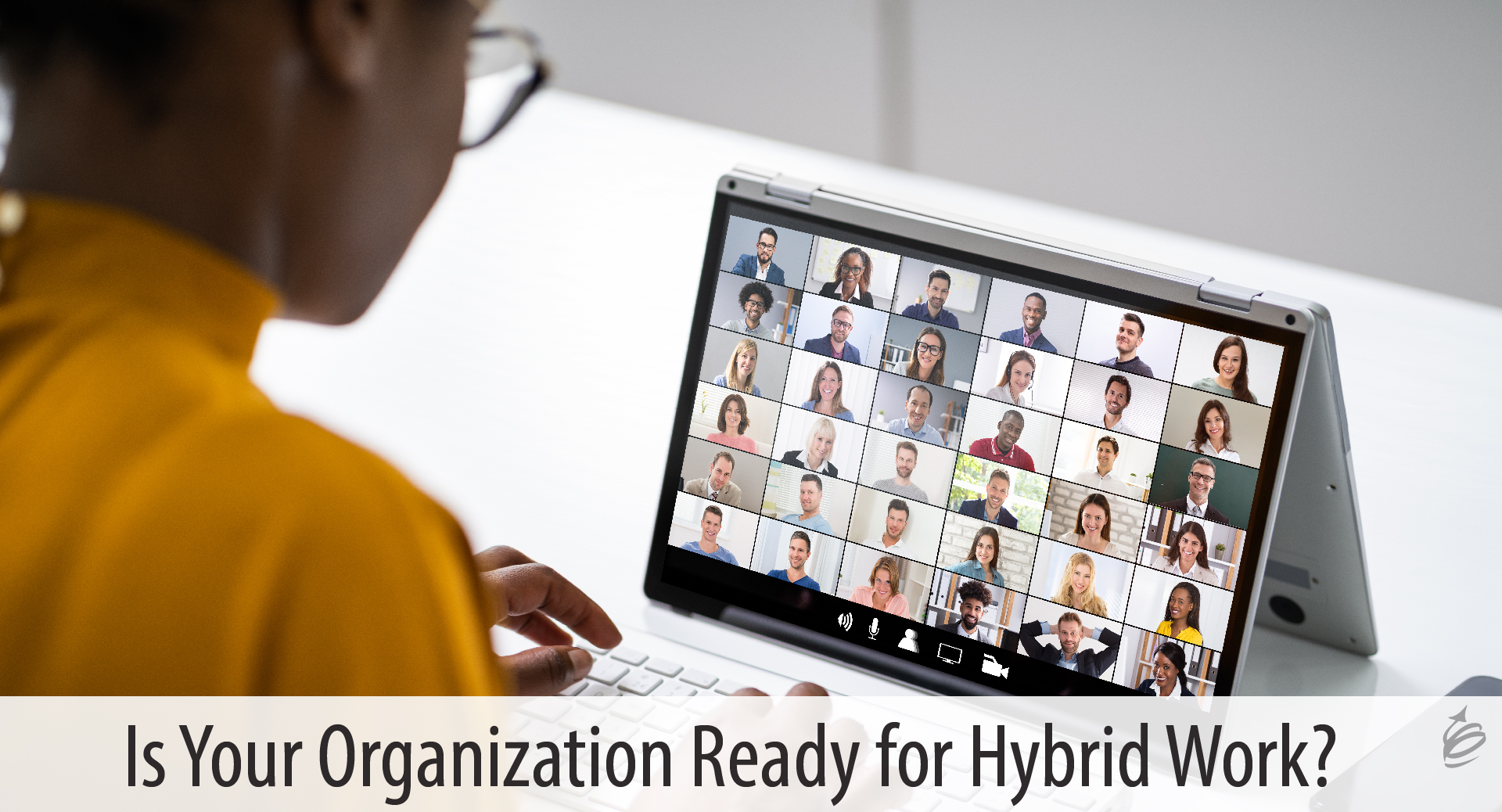 At the start of the pandemic, chances are your work life changed. If your role remained, you likely moved from working in the office to working from home. That was a big change for many people to adapt to working apart from each other. From the time we closed offices, many have been waiting for a return to normal. But guess what – the new normal will be different and more complex than it was before. Welcome to the work of hybrid work. Is your organization ready for it?
At the start of the pandemic, chances are your work life changed. If your role remained, you likely moved from working in the office to working from home. That was a big change for many people to adapt to working apart from each other. From the time we closed offices, many have been waiting for a return to normal. But guess what – the new normal will be different and more complex than it was before. Welcome to the work of hybrid work. Is your organization ready for it?
Deciding How To Decide
I realize that a future of hybrid work isn’t a foregone conclusion. Organizations must first decide what options will be considered and how to come to that decision. Our recommendation on those two points would be to open up the options and include as many parts of the organization as possible.
What are the options? It seems to us, there are at least eight options – two we already know and have experienced and six that are variations on hybrid work.
- A full return to work. Everyone returns to the workplace, like it in January 2020.
- Remain fully (or largely) remote. Everyone remains in a work situation like they have been since March of 2021.
- Hybrid by organizational choice. The organization will determine which jobs need to be in-office and which can be fully or partially remote.
- Hybrid by individual choice. People, based on their circumstances or interest, choose office or remote.
- A flexible working option. Everyone comes to work some of the time, and when they come to the office, they still have their own desk and workspace.
- Few if anyone is in the office every day, and when they do come in, they will be assigned a workspace, but not necessarily the same desk or workspace every time.
- In-person infrequently. In this option full teams will gather but do so infrequently. Most likely this would be for specific meetings, events or training. While this could happen with any of the other hybrid work options, in a pure sense this is a largely remote scenario.
- Something else. This is the catch-all option for a scenario that isn’t quite any of these others or is a combination of some of them.
When looking at the options consider the needs (and wants) of the organization and the needs (and wants) of the teammates. How these will be weighted and how the ultimate decision is reached will of course, need to be determined for your organization. If you take all of that into account and engage a wide range of perspectives you will come to a decision that will be better understood and gain wider acceptance sooner.
After You Decide
After a decision on the future of work in your organization is made there are two big next steps:
- Create clarity. Very little of what you just read is black and white. While the options will be helpful in guiding discussion, once an option is selected, there will be dozens of questions that ill need to be clarified. The more clearly you can describe your plan and the answer the “what-if” questions, the faster people will understand and be ready to move forward.
- Build commitment. Clarity is an important step towards commitment, but the more committed your team/organization is to the selected working option, the more effective they will be throughout the transition.
What To Do Now
What you can do now depends on where your organization is in the decision-making process and what your role in the organization might be. Regardless though of your role however, there are some things you can be doing to help the organization and yourself.
Thinking organizationally, you can be engaged by:
- Being positive and offer to help where needed
- Offering your perspective in a helpful way
- Showing your interest in the future
- Sharing this article if it might help others
- Being a force for the change as it arrives
Thinking individually, you can:
- Continue to build your skills for the future of work
- Keep a positive outlook about the future
- Keep your family and those around you aware of what the future might be – because they are a part o your personal transition as well
The decisions that organizations make about hybrid work in the coming weeks/months will have a lasting impact on their results and culture. Thinking about these monumental decisions now will help you prepare for and be ready for your future.
….
If you want to support your team members in being more successful in hybrid or remote work, our 12 Weeks to Being a Great Remote Teammate learning experience helps with 12 mission-critical skills for teammates who don’t work face-to-face every day. This can be a plug-and-play part of your development plan for your team members or may be just what you need to get reinvigorated and to help you succeed in a virtual/hybrid world of work.
If you want to support your remote or hybrid workers or improve your own skills, you owe it to yourself, your team, and your organization to check it out. This is an on-going and unique way to build your skills and confidence as a remote teammate.

0 comments